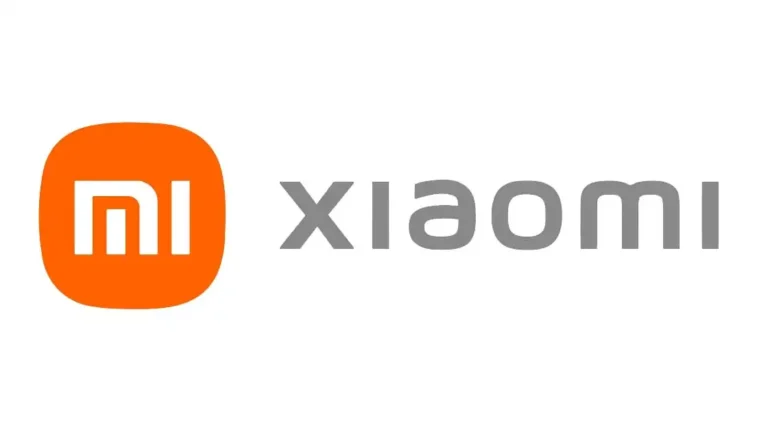
Xiaomi’s Mi-BRAG: In today’s rapidly evolving world of technology, every company desires a system that can deliver accurate and reliable answers — and that too without the fear of data leaks. Xiaomi has taken a major step in this direction. According to an IT Home report dated May 6, Xiaomi has officially introduced its new Mi-BRAG knowledge base question-answering framework. This system is already being used in various Xiaomi applications such as Xiao Ai’s personal assistant, car Q&A assistant, and product-related support. This article explains in detail what Mi-BRAG is, how it works, and why it is more advanced than existing technologies.
What is Mi-BRAG and Why Is It Needed?
Mi-BRAG is a technology based on RAG (Retrieval-Augmented Generation), which first retrieves relevant information from documents or databases and then generates answers. This technique solves several limitations of current large language models (LLMs), such as their inability to process real-time data, insufficient understanding of private enterprise knowledge, and the risk of data leaks. Mi-BRAG allows real-time document retrieval to ensure up-to-date answers, builds custom knowledge from external databases, and enhances security by processing only the necessary data fragments instead of entire documents.
Read More: Big Shift in Xiaomi SU7: ‘Smart Driving’ Removed After Govt Warning
How Mi-BRAG Works: The Four Core Components
Xiaomi named the framework Mi-BRAG based on its four major functional pillars:
1. Knowledge Base Creation (B): This step involves integrating and organizing cross-modal information such as text, images, and tables into a pyramid-shaped dynamic knowledge system. Mi-BRAG supports over ten document formats including PDF, Word, and Excel. For example, it can combine an Excel spreadsheet of sales data and a Word file of policies into a unified knowledge resource.
2. Knowledge Retrieval (R): This module focuses on enhanced understanding of user queries using multi-dimensional semantic enrichment. It ensures that the most accurate and relevant information is retrieved from the database.
3. Knowledge Augmentation (A): In this phase, the retrieved data is refined and customized based on the specific application or context. It removes unnecessary or irrelevant content and enhances the relevance of the answer.
4. Response Generation (G): Here, the system uses scenario-specific models to generate user-facing answers while ensuring source traceability. For example, if a user asks about Xiaomi’s latest phone model, Mi-BRAG can instantly pull accurate details like specifications, launch date, and price from verified documents.

Unique Features of Mi-BRAG
Mi-BRAG isn’t limited to just text — it can also interpret images, complex tables, and mixed content documents. Some standout features include:
- Full-format Compatibility: It supports over ten document formats without data loss.
- Full-modal Analysis: It accurately processes documents that combine text, images, and charts.
- Multilingual Q&A: The system works across multiple mainstream languages, breaking language barriers.
- Fine-grained Traceability: Each answer generated comes with a clickable source reference showing the exact location in the original document.

Mi-BRAG’s Industry Recognition
Xiaomi’s Mi-BRAG topped the SuperCLUE RAG generation capability evaluation in April 2025. The third-party organization conducted tests across single-document QA, multi-document QA, and search-based QA. Xiaomi’s system excelled due to its noise-resistant data handling, superior information integration, and advanced model training paradigm. In tests like ASQA — a dataset requiring the model to combine facts from multiple documents — Mi-BRAG showed impressive precision and recall.
Where Mi-BRAG is Being Used
Xiaomi has deployed Mi-BRAG in both consumer-facing (TOC) and enterprise (TOB) applications. For TOC, it’s used in Xiao Ai’s personal Q&A, smart document systems, and in-car assistants. In TOB use cases, it aids internal operations like product research, employee support, and customer service. Xiaomi plans to integrate this framework further into its smart home and automotive ecosystems, ultimately supporting its “people, car, and home” strategy.

Conclusion: What We Learned in This Article
Xiaomi has launched a new intelligent knowledge question-answering system named Mi-BRAG. Built on RAG technology, it addresses the limitations of traditional large models, such as outdated knowledge, lack of enterprise-specific understanding, and security concerns. Mi-BRAG supports text, image, and table-based queries across multiple document formats and languages. It is built on four core functions — knowledge creation, retrieval, augmentation, and response — and provides traceable, accurate answers. Already implemented across various Xiaomi platforms, Mi-BRAG is paving the way for smarter, more secure AI-driven support systems in both consumer and business environments.